Sultanas vs. Golden Raisins Introduction: When it comes to dried fruits, sultanas and golden raisins often find themselves vying for attention in recipes, cereal bowls, and snack packs. While they might look remarkably similar, these two variants of raisins possess subtle differences in taste, texture, and production. This article aims to shed light on the distinctions between sultanas and golden raisins, assisting business owners in understanding their individual traits and optimizing their usage within the food industry. 1. Origin and Production: Sultanas: These raisins hail from seedless green grapes, usually of the Thompson variety, that are sun-dried for about three weeks. Originating in Turkey and Greece, sultanas are known for their light and delicate flavor. Golden Raisins: Golden raisins, on the other hand, are made from sultana-type grapes that are either naturally or artificially treated with sulfur dioxide to preserve their golden hue. The grapes are either dried naturally or baked for faster processing.
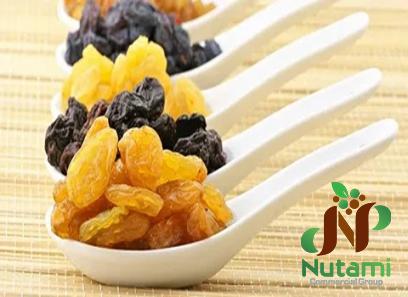
.
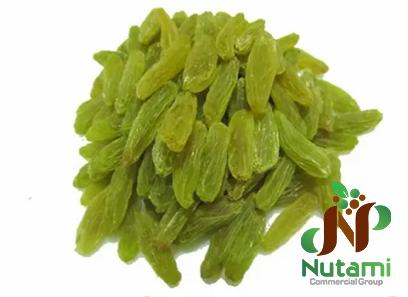 Their production process takes place in various regions, including the United States, South Africa, and Australia. 2. Appearance: Sultanas: Sultanas boast a golden-brown or amber hue, which distinguishes them from regular Thompson raisins. They are slightly larger and plumper than other raisin varieties, maintaining their soft texture. Golden Raisins: As the name suggests, golden raisins have a distinct bright, golden color. This is due to their treatment with sulfur dioxide, which slows browning during drying. Golden raisins are often smaller and less plump than sultanas. 3. Flavor and Aroma: Sultanas: Acclaimed for their subtle, sweet flavor, sultanas offer hints of honey and floral notes.
Their production process takes place in various regions, including the United States, South Africa, and Australia. 2. Appearance: Sultanas: Sultanas boast a golden-brown or amber hue, which distinguishes them from regular Thompson raisins. They are slightly larger and plumper than other raisin varieties, maintaining their soft texture. Golden Raisins: As the name suggests, golden raisins have a distinct bright, golden color. This is due to their treatment with sulfur dioxide, which slows browning during drying. Golden raisins are often smaller and less plump than sultanas. 3. Flavor and Aroma: Sultanas: Acclaimed for their subtle, sweet flavor, sultanas offer hints of honey and floral notes.
..
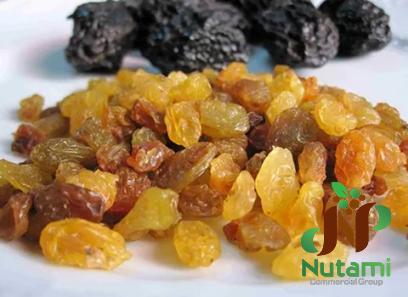 They tend to be less tangy compared to other raisin varieties, making them an ideal addition to baked goods, cereals, and salads. Golden Raisins: Golden raisins are known for their distinctly rich, sweet flavor. The sulfur dioxide treatment enhances fruitiness and intensifies their natural sweetness. The added depth in taste makes golden raisins an excellent choice for savory dishes like pilafs, salads, and tagines. 4. Culinary Uses: Sultanas: Due to their soft and plump nature, sultanas are widely used in baking and cooking. They add a touch of sweetness to a variety of dishes, including cookies, bread, cakes, and even meat-based recipes like stews and tagines. Golden Raisins: Golden raisins, with their enhanced sweetness and robust flavor, find their place in many recipes.
They tend to be less tangy compared to other raisin varieties, making them an ideal addition to baked goods, cereals, and salads. Golden Raisins: Golden raisins are known for their distinctly rich, sweet flavor. The sulfur dioxide treatment enhances fruitiness and intensifies their natural sweetness. The added depth in taste makes golden raisins an excellent choice for savory dishes like pilafs, salads, and tagines. 4. Culinary Uses: Sultanas: Due to their soft and plump nature, sultanas are widely used in baking and cooking. They add a touch of sweetness to a variety of dishes, including cookies, bread, cakes, and even meat-based recipes like stews and tagines. Golden Raisins: Golden raisins, with their enhanced sweetness and robust flavor, find their place in many recipes.
…
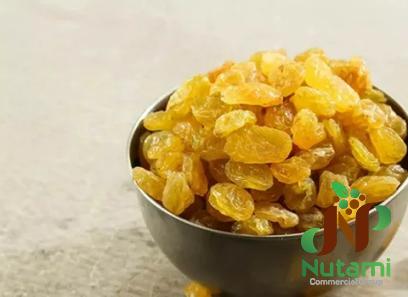 They bring delightful bursts of flavor to curries, rice dishes, pilafs, and even stuffing recipes for poultry dishes. Their unique taste also complements salads and yogurt-based desserts. Conclusion: While sultanas and golden raisins may appear indistinguishable at first glance, their specific characteristics make them suitable for different culinary applications. Understanding the origin, production process, appearance, flavor, and usage of these two raisin variants is vital for businesses operating in the food industry. By harnessing the distinctive qualities of sultanas and golden raisins, entrepreneurs can elevate their recipes, product lines, and consumer experience, ultimately contributing to their business success.
They bring delightful bursts of flavor to curries, rice dishes, pilafs, and even stuffing recipes for poultry dishes. Their unique taste also complements salads and yogurt-based desserts. Conclusion: While sultanas and golden raisins may appear indistinguishable at first glance, their specific characteristics make them suitable for different culinary applications. Understanding the origin, production process, appearance, flavor, and usage of these two raisin variants is vital for businesses operating in the food industry. By harnessing the distinctive qualities of sultanas and golden raisins, entrepreneurs can elevate their recipes, product lines, and consumer experience, ultimately contributing to their business success.

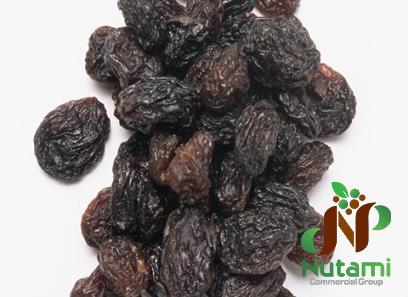
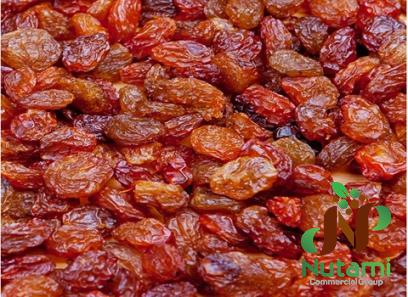
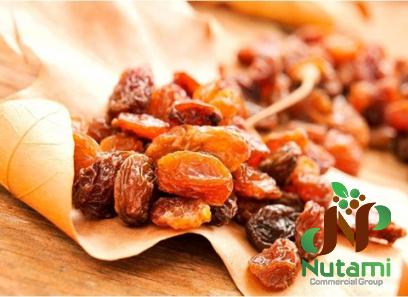
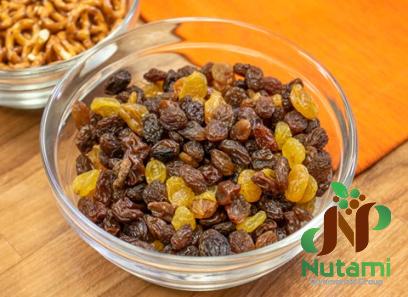
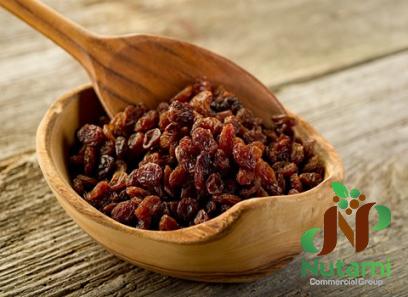
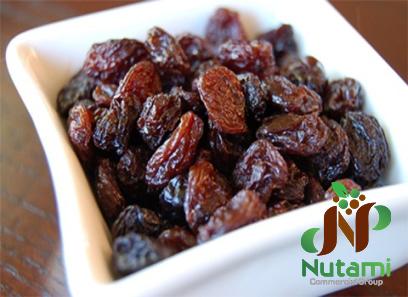
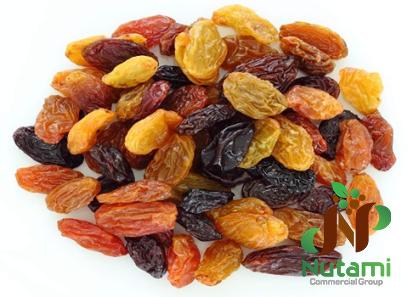
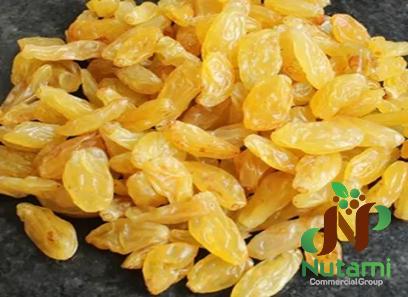
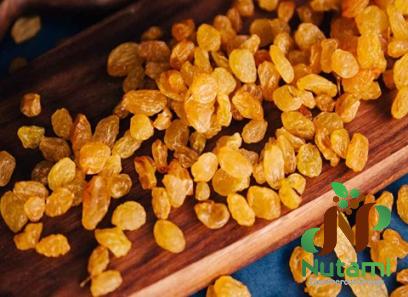
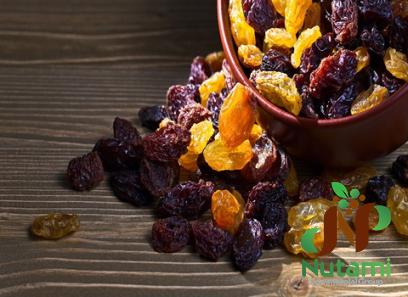
Your comment submitted.